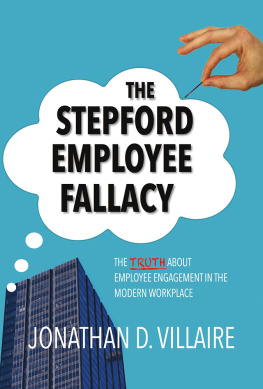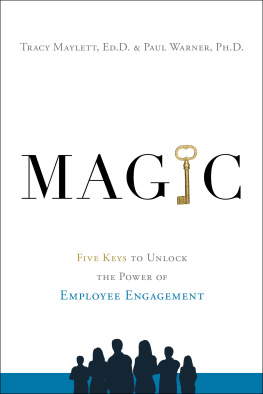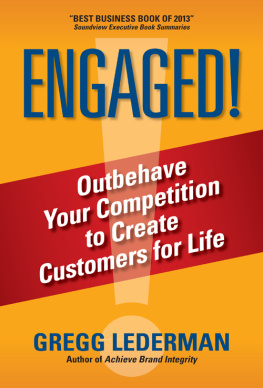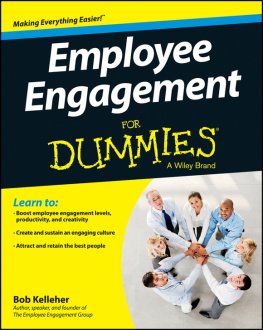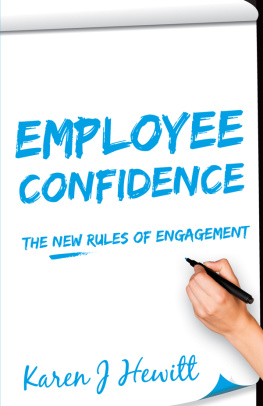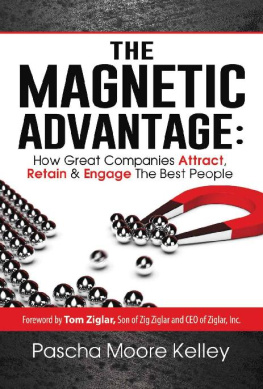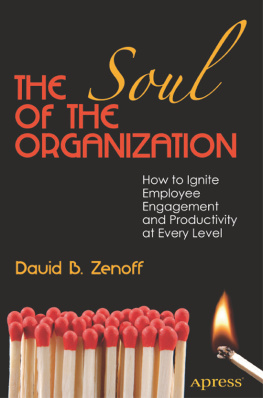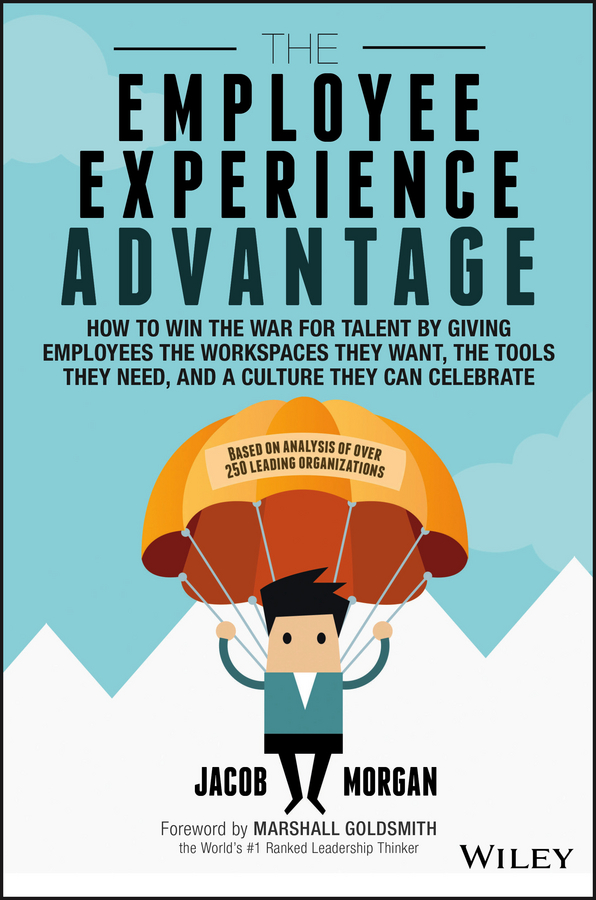Jacob Morgan - The Employee Experience Advantage: How to Win the War for Talent by Giving Employees the Workspaces They Want, the Tools They Need, and a Culture They Can Celebrate
Here you can read online Jacob Morgan - The Employee Experience Advantage: How to Win the War for Talent by Giving Employees the Workspaces They Want, the Tools They Need, and a Culture They Can Celebrate full text of the book (entire story) in english for free. Download pdf and epub, get meaning, cover and reviews about this ebook. year: 2017, publisher: Wiley, genre: Business. Description of the work, (preface) as well as reviews are available. Best literature library LitArk.com created for fans of good reading and offers a wide selection of genres:
Romance novel
Science fiction
Adventure
Detective
Science
History
Home and family
Prose
Art
Politics
Computer
Non-fiction
Religion
Business
Children
Humor
Choose a favorite category and find really read worthwhile books. Enjoy immersion in the world of imagination, feel the emotions of the characters or learn something new for yourself, make an fascinating discovery.

- Book:The Employee Experience Advantage: How to Win the War for Talent by Giving Employees the Workspaces They Want, the Tools They Need, and a Culture They Can Celebrate
- Author:
- Publisher:Wiley
- Genre:
- Year:2017
- Rating:4 / 5
- Favourites:Add to favourites
- Your mark:
The Employee Experience Advantage: How to Win the War for Talent by Giving Employees the Workspaces They Want, the Tools They Need, and a Culture They Can Celebrate: summary, description and annotation
We offer to read an annotation, description, summary or preface (depends on what the author of the book "The Employee Experience Advantage: How to Win the War for Talent by Giving Employees the Workspaces They Want, the Tools They Need, and a Culture They Can Celebrate" wrote himself). If you haven't found the necessary information about the book — write in the comments, we will try to find it.
Research Shows Organizations That Focus on Employee Experience Far Outperform Those That Dont
Recently a new type of organization has emerged, one that focuses on employee experiences as a way to drive innovation, increase customer satisfaction, find and hire the best people, make work more engaging, and improve overall performance. The Employee Experience Advantage is the first book of its kind to tackle this emerging topic that is becoming the #1 priority for business leaders around the world. Although everyone talks about employee experience nobody has really been able to explain concretely what it is and how to go about designing for it...until now.
How can organizations truly create a place where employees want to show up to work versus need to show up to work? For decades the business world has focused on measuring employee engagement meanwhile global engagement scores remain at an all time low despite all the surveys and institutes that been springing up tackle this problem. Clearly something is not working. Employee engagement has become the short-term adrenaline shot that organizations turn to when they need to increase their engagement scores. Instead, we have to focus on designing employee experiences which is the long term organizational design that leads to engaged employees. This is the only long-term solution. Organizations have been stuck focusing on the cause instead of the effect. The cause is employee experience; the effect is an engaged workforce.
Backed by an extensive research project that looked at over 150 studies and articles, featured extensive interviews with over 150 executives, and analyzed over 250 global organizations, this book clearly breaks down the three environments that make up every single employee experience at every organization around the world and how to design for them. These are the cultural, technological, and physical environments. This book explores the attributes that organizations need to focus on in each one of these environments to create COOL spaces, ACE technology, and a CELEBRATED culture. Featuring exclusive case studies, unique frameworks, and never before seen research, The Employee Experience Advantage guides readers on a journey of creating a place where people actually want to show up to work.
Readers will learn:
There is no question that engaged employees perform better, aspire higher, and achieve more, but you cant create employee engagement without designing employee experiences first. Its time to rethink your strategy and implement a real-world framework that focuses on how to create an organization where people want to show up to work. The Employee Experience Advantage shows you how to do just that.
Jacob Morgan: author's other books
Who wrote The Employee Experience Advantage: How to Win the War for Talent by Giving Employees the Workspaces They Want, the Tools They Need, and a Culture They Can Celebrate? Find out the surname, the name of the author of the book and a list of all author's works by series.


